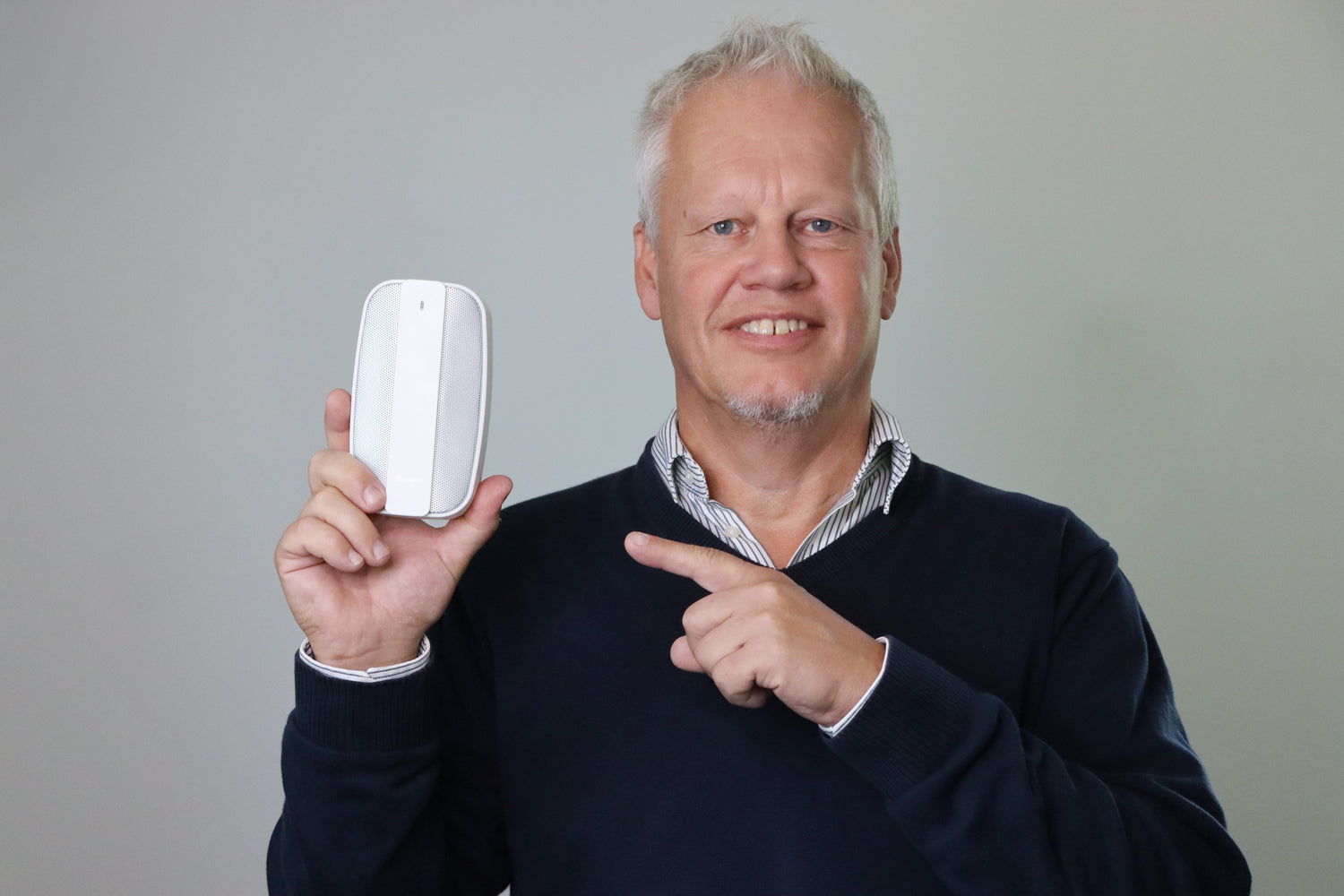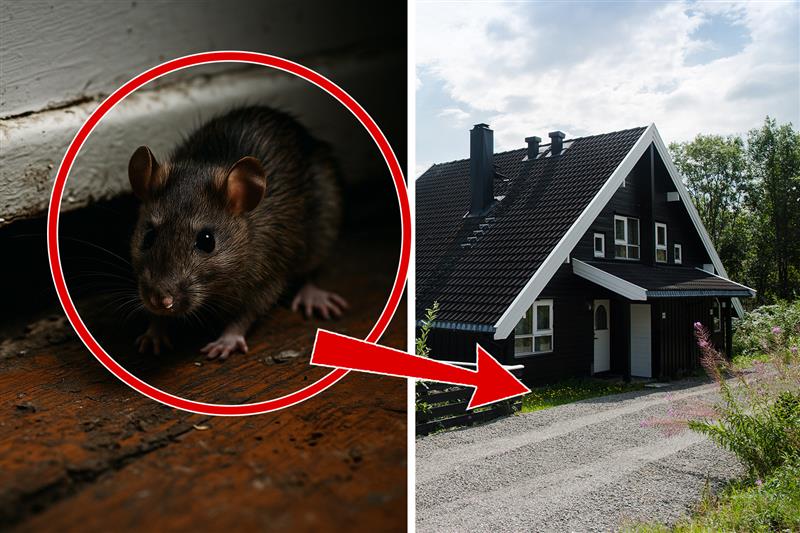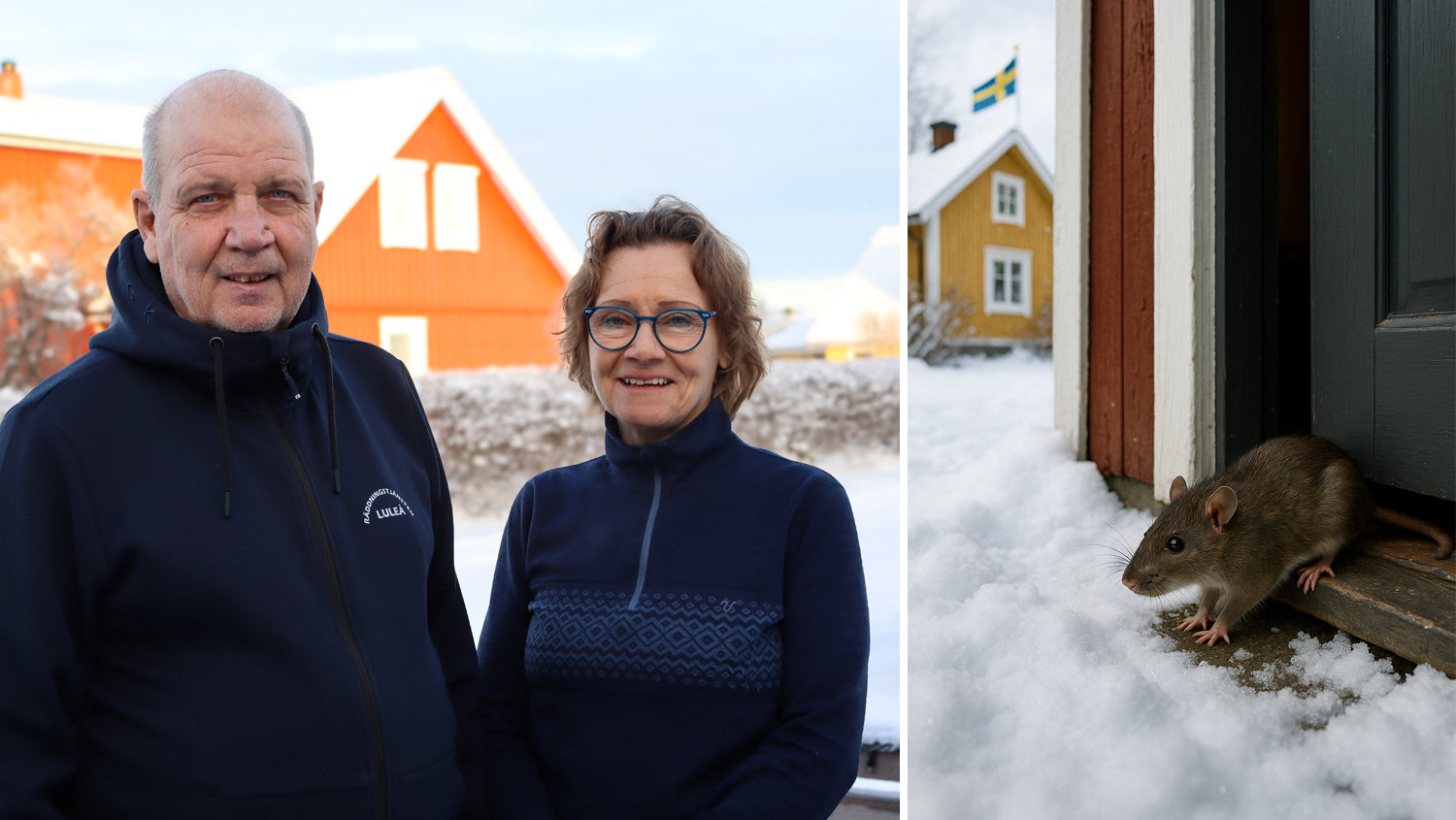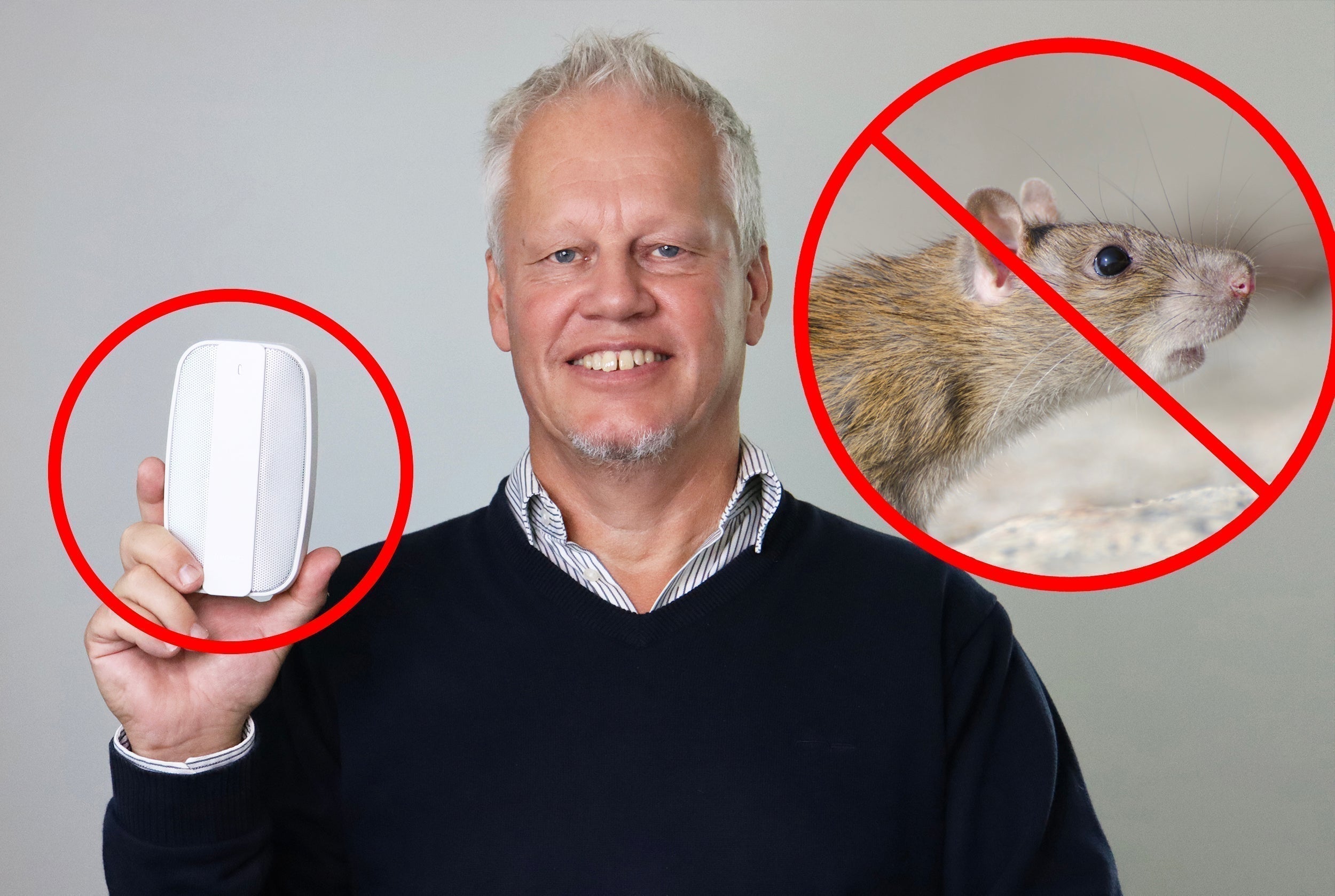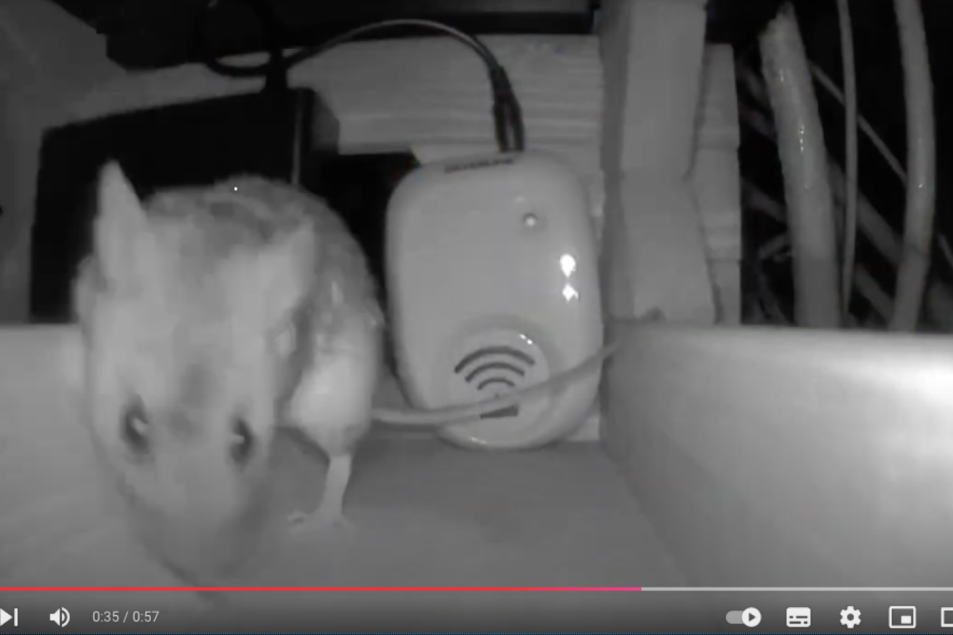Professor Örjan Johansson at Luleå University of Technology has found a way to fool the rats' brains using sounds they themselves create in case of danger. The discovery could replace both poisons and traps - and change how cities protect themselves against pests.
As rat problems increase in Swedish cities, most people choose to fight with poison. At Luleå University of Technology, Professor Örjan Johansson did the opposite - he started listening. By analysing rats' communication and own warning sounds, he discovered a sound pattern that is now used to make the rats escape without using poisons.
👉 Read more about Repello and order here
When the rat grinds its teeth
In her research at Luleå University of Technology, Johansson has long studied how sound negatively affects humans and in recent years applied this to pests. Analyses of rat and rodent hearing and recordings of how rats communicate led to the insight that rats communicate in frequency ranges where their hearing is most sensitive, just like humans.
One discovery was a special sound that rats make when they are scared and want to warn of danger, which they accomplish by a rapid, harsh teeth grinding - a sound similar to chalk on a blackboard, but much faster and in the ultrasonic range where rats' hearing is most sensitive.
We have developed a way to simulate acute threats through sound for the rat. It's not about volume, but about influencing the subconscious with the right kind of signals so that the rat flees," says Örjan Johansson.
The research team was then able to recreate these irregular ultrasonic pulses and the rapid changes between frequencies found in the squeaking sound. The result was a sound pattern that humans cannot hear - but that rats immediately recognise as deadly.
Tested in co-operation with the Swedish University of Agricultural Sciences
To determine whether the sound patterns worked outside the laboratory, a collaboration with the Swedish University of Agricultural Sciences (SLU) was initiated and field trials were carried out in Gothenburg, in an apartment block with documented problems with feral rats.
The results were clear: the same patterns that made rats flee in the lab also worked in practice.
"We could see that the animals reacted immediately, and that the effect lasted over time. It was as if the whole area was perceived as dangerous," says Örjan Johansson.
Analysis shows that the sound activates the rat's limbic system - the part of the brain that controls fear and survival behaviours - creating a strong and lasting escape response even after the signal stops.
A new path for the future of pest control
The researchers concluded that the method can replace both rat poison and traps - two traditional control methods that the EU is now gradually phasing out due to their impact on ecosystems and groundwater. When rodents feed on poison, birds, foxes and cats also graze on it - which has led to increasing levels of rodenticides in the wild.
This technology eliminates the need to spread chemicals and kill animals. We use their own language to keep them away. It's a whole new way of thinking," says Örjan Johansson.
In addition to the obvious environmental benefits, the method also means less waste, no carcasses to deal with and reduced risk of secondary poisoning. For municipalities and property owners, it could mean a more sustainable and cost-effective basic rodent control solution in the future.
👉 Try it risk-free for 30 days
Bioacoustics - when nature's language becomes technology
The research is based on bioacoustics - how animals communicate, warn and survive. Professor Örjan Johansson has spent years studying how different species, from mosquitoes to seals, respond to specific sound patterns.
The aim is to understand how the brain interprets acoustic signals and how certain frequencies can trigger reflexes such as fear, flight or avoidance.
We use sound in the same way that nature itself does. In rats, certain frequencies activate the fear centre of the brain. In mosquitoes, the right signal can disrupt orientation; in seals, it can mark a threat from a distance. It's a matter of speaking the right language for each species," says Örjan Johansson.
The studies at Luleå University of Technology and the Swedish University of Agricultural Sciences show that these bioacoustic patterns act as a universal signalling system in the animal world. The technology has shown documented effect on the brown rat - the only rat species in Sweden - but the researchers already see potential for applications in other species and environments.
Repello - the research that became reality
When the results from the lab were put into practice, the technology quickly spread under the name Repello. The response exceeded all expectations - over 35 000 scarers were sold in the first two months, and users reported the same thing: the rats disappeared - and didn't come back.
For many property owners and municipalities, it became a long-awaited alternative to poisons and traps. What once started as a research project in Luleå has now evolved into a practical solution to a growing societal problem.


